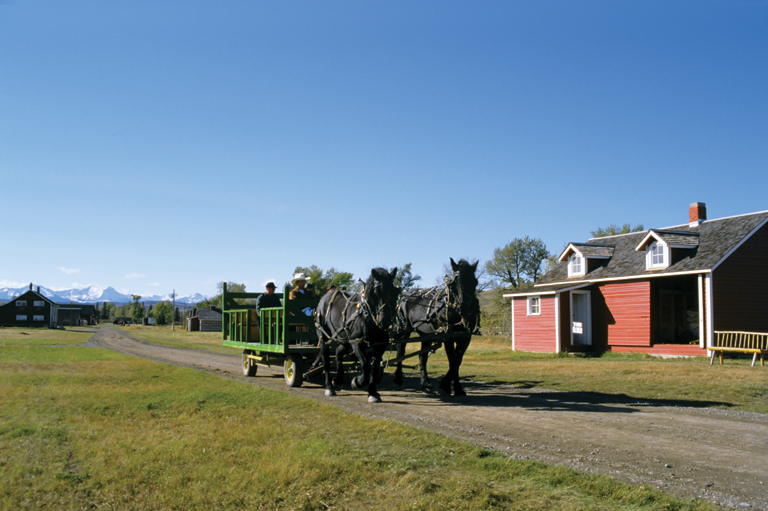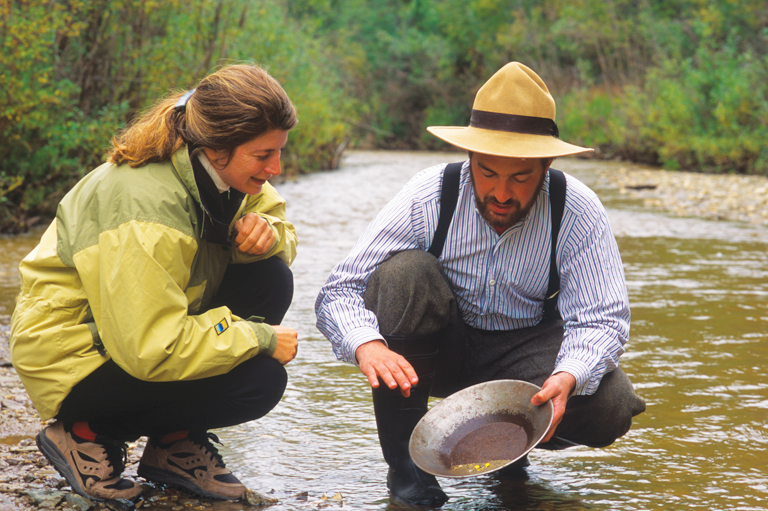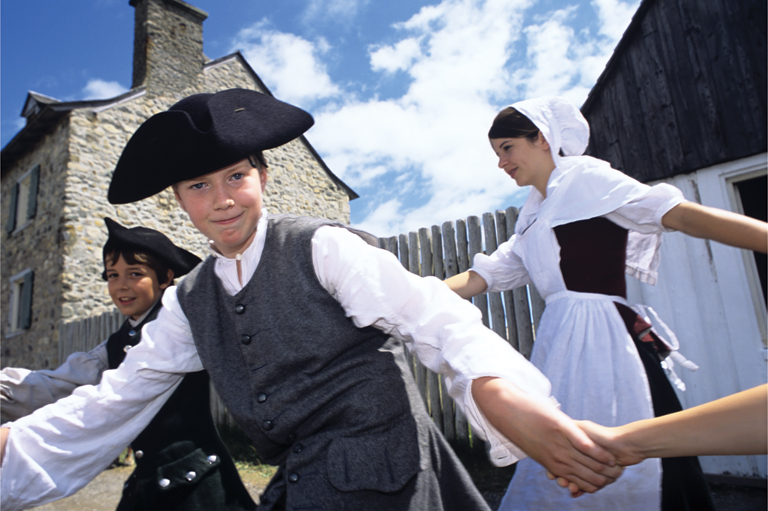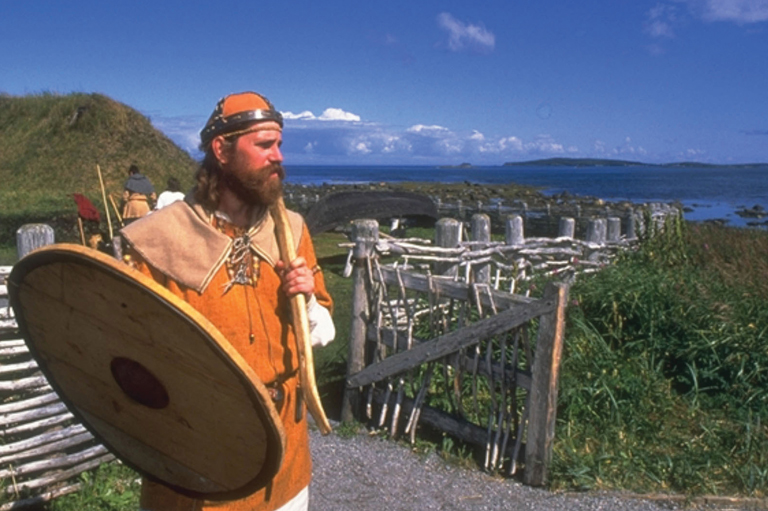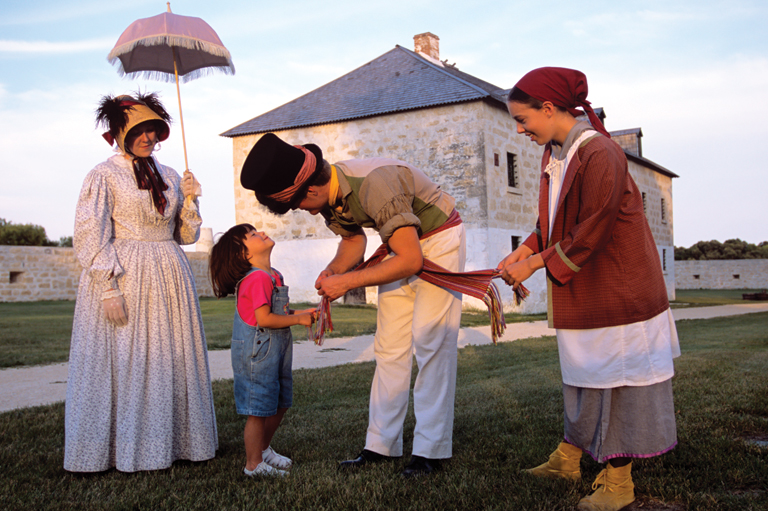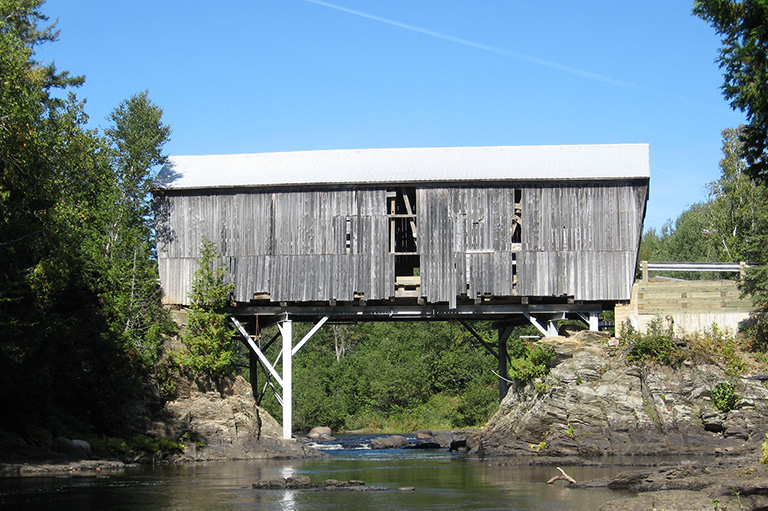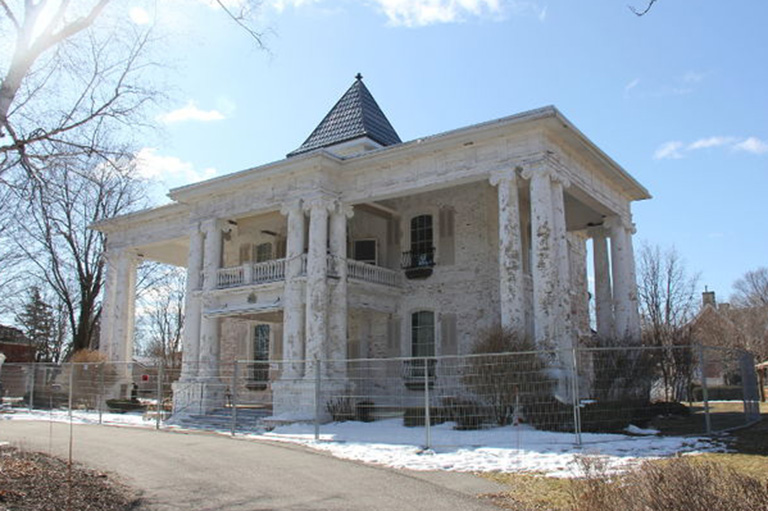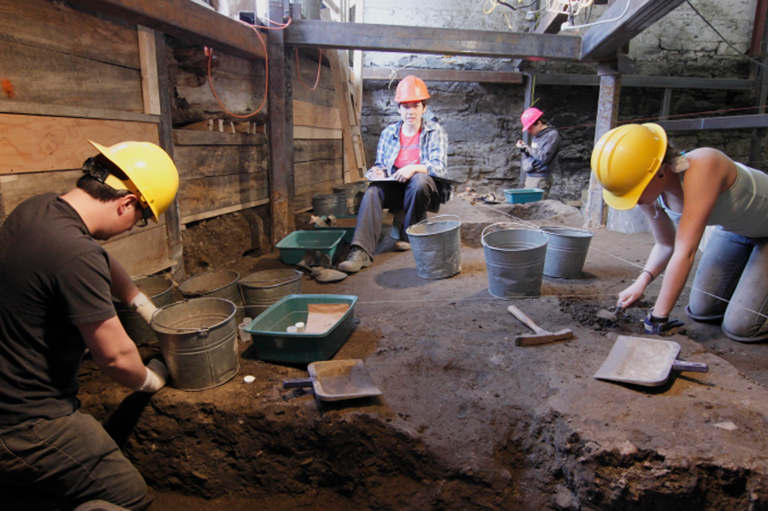Grand-Pré
Grand-Pré was the epicentre for one of the saddest events in Acadian history. On September 5, 1755, Acadian men and boys were summoned to the old church, where British Lieutenant-Colonel John Winslow read out an order to have all the French-speaking settlers expelled from the region. Thus began the Great Upheaval, the forced removal of Acadians from the Maritime provinces to Britain, France, and various British colonies, with thousands dying along the way.
Grand-Pré itself disappeared and might have been forgotten, except that Henry Wadsworth Longfellow published Evangeline, a poem about the expulsion, in 1847. American tourists started pouring in but found only dike lands and old willow trees. Over time, a statue of Evangeline was erected and a commemorative church was built.
Today’s Grand-Pré is both a memorial to the Acadians and a celebration of their way of life before the expulsions. It was designated a National Historic Site in 1961.
Time period: 1682–1755.
Things to do: Visit the Memorial Church and take in the famous paintings of the deportation by Claude Picard. View ongoing work at the archaeological site. Enjoy outdoor interactive theatre portraying life in Grand-Pré before the expulsion. Stroll among the old French willow trees, the orchard, and the duck pond, and gaze over the rolling farmland. Time your visit to take in a host of events during Acadian Days in July.
Getting there: Grand-Pré is the Annapolis Valley, about an hour’s drive from Halifax. From Route 101, take Exit 10 towards Wolfville and follow Route 1 west for one kilometre then north for another kilometre on Grand-Pré Road.
Visit Parks Canada's website
Themes associated with this article
Advertisement


